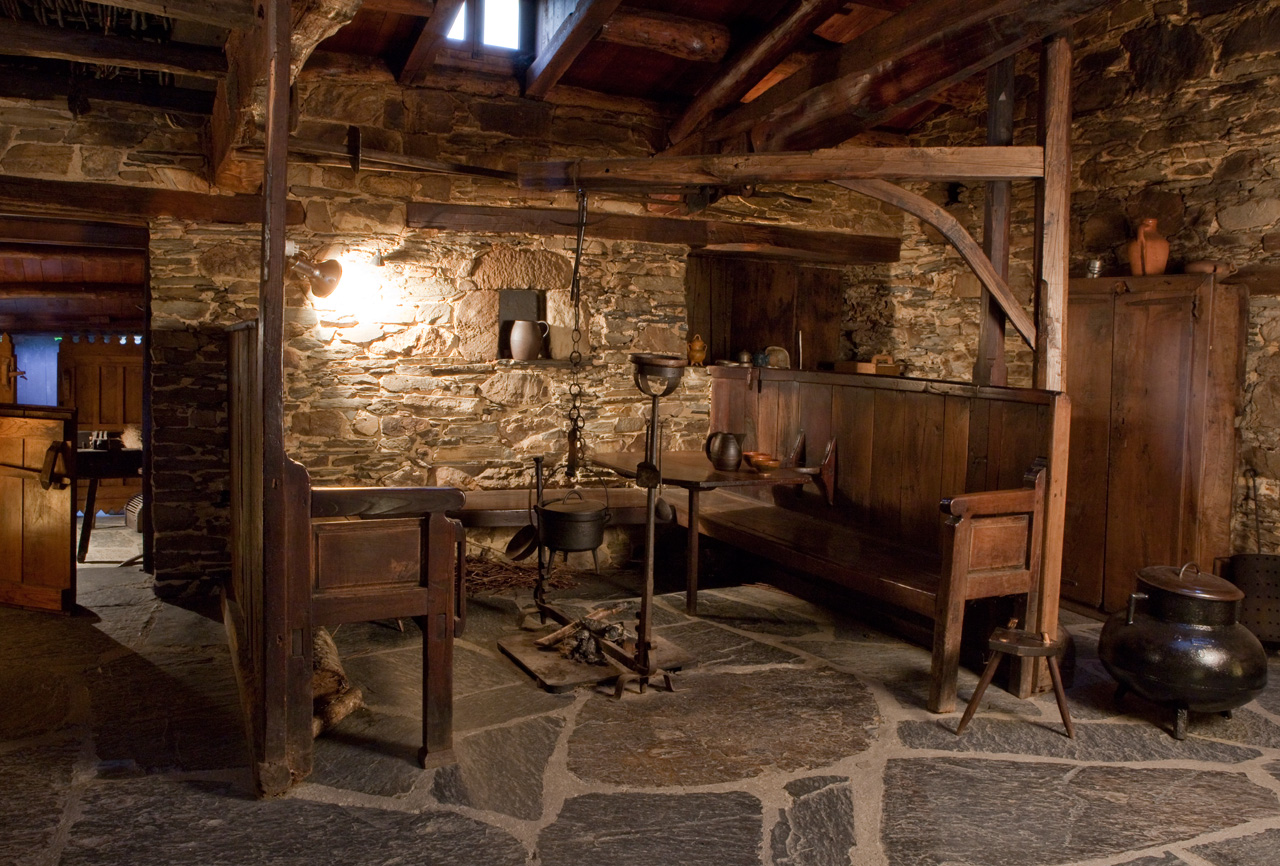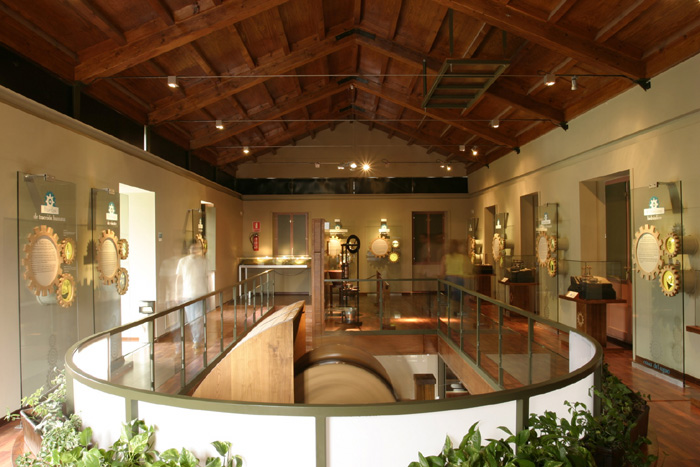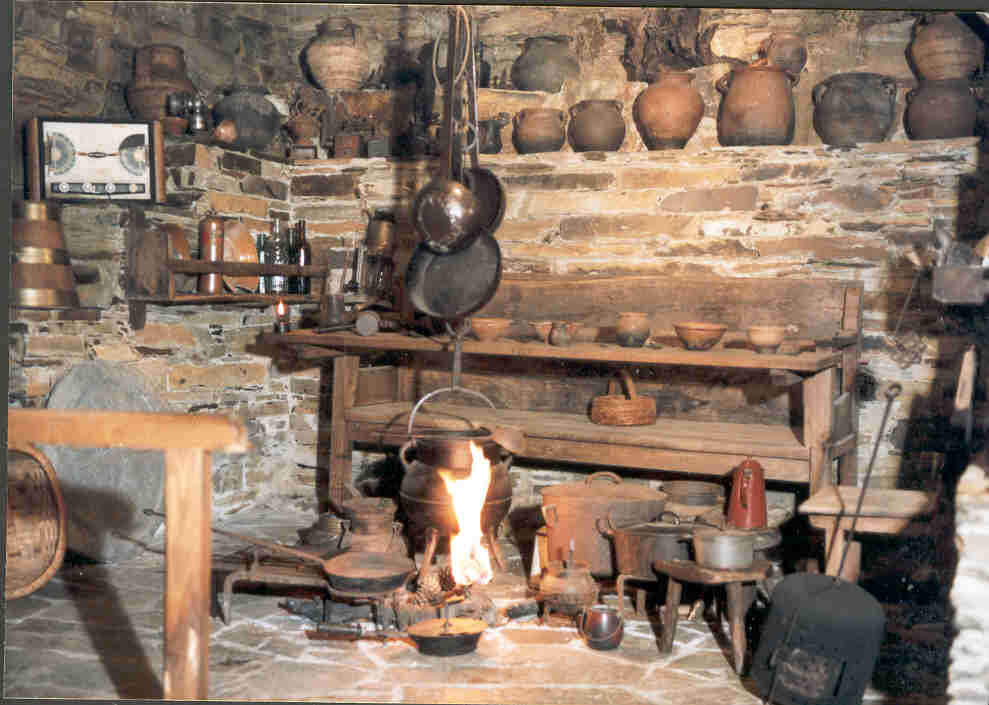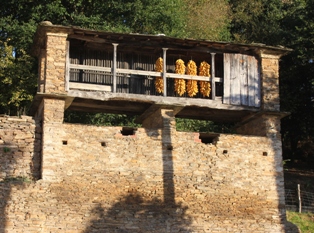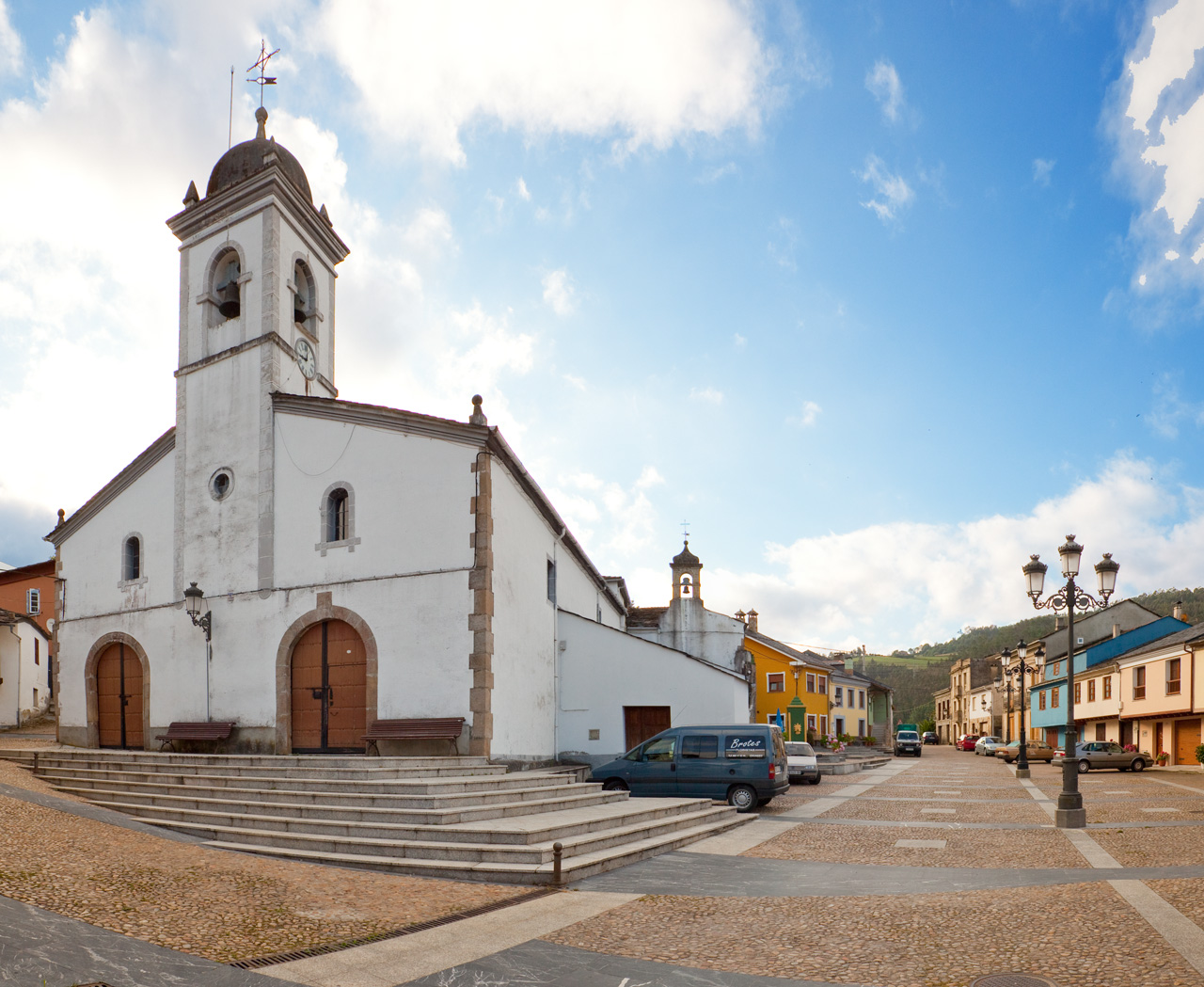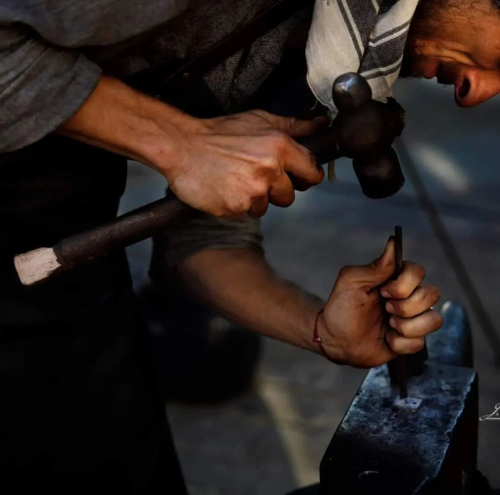- Home
- What to visit?
- Los Castros
Los Castros
- San Martín de Oscos
- Heritage
The castros are population centers of an eminently strategic and defensive nature. They are found throughout the northwest of the peninsula (castreña culture). These settlements arise in the transition from the Bronze Age to the Iron Age, reaching its peak during the Second Iron Age.
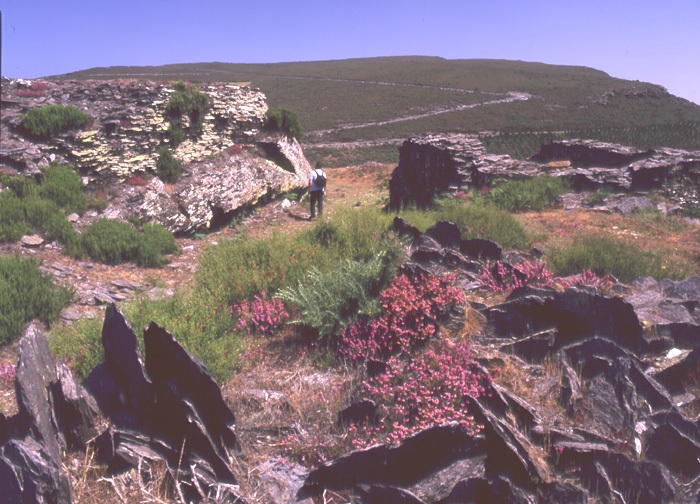
The sites chosen to erect the forts were the promontories located on the hillside or on the summit, and close to rivers and streams, in order to ensure water supply and the possibility of building moats as a defensive system.
Of those found in San Martín, the following are worth mentioning:
The San Isidro and Pico da Mina forts.
Located both in the village of Bousoño, its main characteristic is the use, as a defensive system, unique in the Principality of Asturias in this type of settlements, of stone slabs nailed or driven, and interspersed in rows between the moats, known technically with the name of Caballos de Frisia. Likewise, they also have other peculiar defensive elements, such as moats and walls.
The castro of San Pelayo and the castro of Piorno
These are forts without any type of defensive system or habitation, which were probably used as strategic points for viewing the nearby mining operations.
The castro of Deilan
The Deilán fort, unlike the rest of the forts found in the territory, lacks defensive elements such as moats and walls, using terracing as the structure of the enclosure.
“Os castros”
In Taramundi it would be the most suitable for the visit, due to its accessibility and level of enhancement, with guided tours and audio guides.
The Castro
This castro is located in the vicinity of the urban center of Taramundi. In 2000 archaeological excavations began under the sponsorship of the Taramundi City Council, the Ministry of Culture of the Principality of Asturias and with the collaboration of the rural tourism association of Taramundi “ANTURTA”.

Since July of that year, work has been carried out periodically under the direction of the archaeologists Alfonso Menéndez, José Antonio Fanjul and Ángel Villa.
After several excavations it was concluded that the settlement of Taramundi was founded during the Bronze Age, being occupied during the Iron Age (5th century B.C.) until the arrival of the Romans (1st and 2nd centuries A.D.).
The location of the castro is very important, as it is in the center of a valley, being an intermediate step between the Eo estuary (great commercial port of the Roman period), the Terra Chá of Lugo and the south-west of Asturias.
In the settlement there are fragments of rooms and walls. Two important findings were also discovered: a dagger with a wooden sheath (pre-Roman period) and a Roman sauna.
In view of the magnitude of the discoveries, the Taramundi Town Council drew up a Strategic Plan that has made it possible to draw up a line of work to continue with the excavations in the following years. In 2010, the tenth consecutive season of intervention was completed, at the end of which 1,100 m2 of excavated area were reached.
In addition, between July 2010 and February 2011, thanks to the help of the European Leader funds, managed by the Vegadeo regional office (CEDER Oscos-Eo).011, thanks to the help of the European Leader funds, managed by the Vegadeo regional office (CEDER Oscos-Eo), rehabilitation and enhancement works were carried out on the site, through which the restoration of the huts was carried out, explanatory panels were placed, an itinerary was prepared with a wooden walkway and audio guides were incorporated, which allow the autonomous visit to the archaeological site (which can be rented at the tourist office).
More information about this castro in the page Castros of Asturias.



